Get In Touch
Inquire now about any current productions, production partnerships or just to say hello.
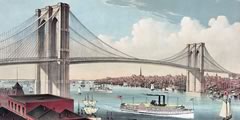
Upon competition in 1883, The New York-Brooklyn Bridge was the longest and tallest in the world. (Print by Currier & Ives, 1883).
The Brooklyn Bridge opened to great fanfare in May 1883. The names of John A. Roebling, Washington Roebling, and Emily Warren Roebling are inscribed on the structure as its builders. It was initially designed by German-born John Augustus Roebling in Trenton, New Jersey. Roebling had earlier designed and constructed other suspension bridges, such as Roebling's Delaware Aqueduct in Lackawaxen, PA, and the John A. Roebling Suspension Bridge in Cincinnati, OH, that served as the engineering prototypes for the final design.
During surveying for the East River Bridge project, Roebling's foot was badly injured by a ferry, pinning it against a piling. This badly crushed his toes, causing those toes to be amputated, leaving him incapacitated; he died shortly afterward of a tetanus infection caused by his injury and leaving his son, Washington Roebling, in charge of the bridge.
Construction began on January 3, 1870, under the supervision of the younger Roebling. Not long after taking charge of the bridge, Washington Roebling suffered a paralyzing injury as well, the result of decompression sickness.This condition plagued many of the underwater workers, in different capacities, as the condition was relatively unknown at the time and in fact was first called "caisson disease" by the project physician Dr. Andrew Smith. The occurrence of the disease in the caisson workers caused him to halt construction of the Manhattan side of the tower 30 feet (10 m) short of bedrock when soil tests underneath the caisson found bedrock to be even deeper than expected. Today, the Manhattan tower rests only on sand.
Roebling's wife Emily Warren Roebling stepped in and provided the critical written link between her husband and the engineers on-site. Under her husband's guidance, Emily had studied higher mathematics, the calculations of catenary curves, the strengths of materials, bridge specifications, and the intricacies of cable construction. She spent the next 11 years assisting Washington Roebling helping to supervise the bridge's construction.
The Brooklyn Bridge was completed thirteen years later and was opened for use on May 24, 1883. The opening ceremony was attended by several thousand people and many ships were present in the East Bay for the occasion. President Chester A. Arthur and New York Mayor Franklin Edson crossed the bridge to celebratory cannon fire and were greeted by Brooklyn Mayor Seth Low when they reached the Brooklyn-side tower. Arthur shook hands with Washington Roebling at the latter's home, after the ceremony. Roebling was unable to attend the ceremony (and in fact rarely visited the site again), but held a celebratory banquet at his house on the day of the bridge opening. Further festivity included the performance of a band, gunfire from ships, and a fireworks display. On that first day, a total of 1,800 vehicles and 150,300 people crossed what was then the only land passage between Manhattan and Brooklyn. Emily Warren Roebling was the first to cross the bridge. The bridge's main span over the East River is 1,595 feet 6 inches (486.3 m). The bridge cost $15.5 million to build and approximately 27 people died during its construction.
One week after the opening, on May 30, 1883, a rumor that the Bridge was going to collapse caused a stampede, which crushed and killed at least twelve people. On May 17, 1884, P. T. Barnum helped to squelch doubts about the bridge's stability—while publicizing his famous circus—when one of his most famous attractions, Jumbo, led a parade of 21 elephants over the Brooklyn Bridge.
At the time it opened, it was the longest suspension bridge in the world—50% longer than any previously built—and it has become a treasured landmark. For several years the towers were the tallest structures in the Western Hemisphere. Since the 1980s, it has been floodlit at night to highlight its architectural features. The towers are built of limestone, granite, and Rosendale cement. Their architectural style is neo-Gothic, with characteristic pointed arches above the passageways through the stone towers.
REPRINTED FROM WIKIPEDIA
View the entire page
Design: Suspension/Cable-stay Hybrid
Total length: 5,989 ft (1,825.4 m)
Width: 85 ft (25.9 m)
Height: 276.5 ft (84.3 m) above mean high water
Longest span: 1,595.5 ft (486.3 m)
Clearance below: 135 ft (41.1 m)
Designer: John Augustus Roebling
Opened: May 24, 1883;
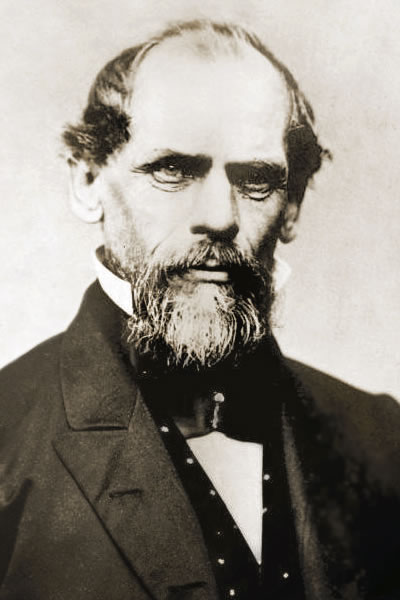
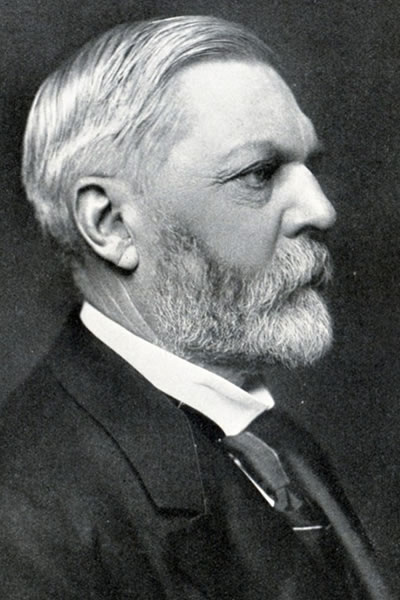
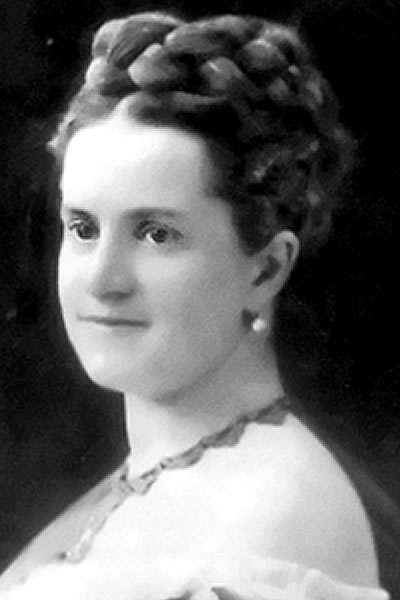
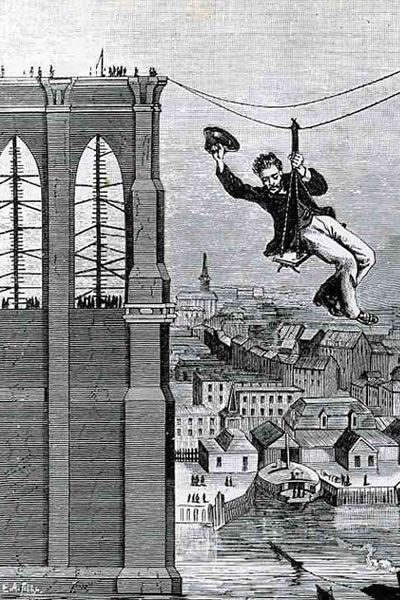
Clearly, the true story of the Roebling family and the Brooklyn Bridge is an amazing one and needs little embelishment. The play ROEBLING: The Story of the Brooklyn Bridge endeavors to stay very close to the facts. However, there are some changes necessary including additions and omissions. These were needed to streamline the narrative and to adapt this very large story to the stage.
Even with these minimal alterations, we're confident and proud to present ROEBLING as a compelling, crowd-pleasing historic drama.
We offer an accompanying show EMILY ROEBLING: The Woman Who Saved the Brooklyn Bridge as a dramatric presentation portraying the true story of the Brooklyn Bridge.
Inquire now about any current productions, production partnerships or just to say hello.